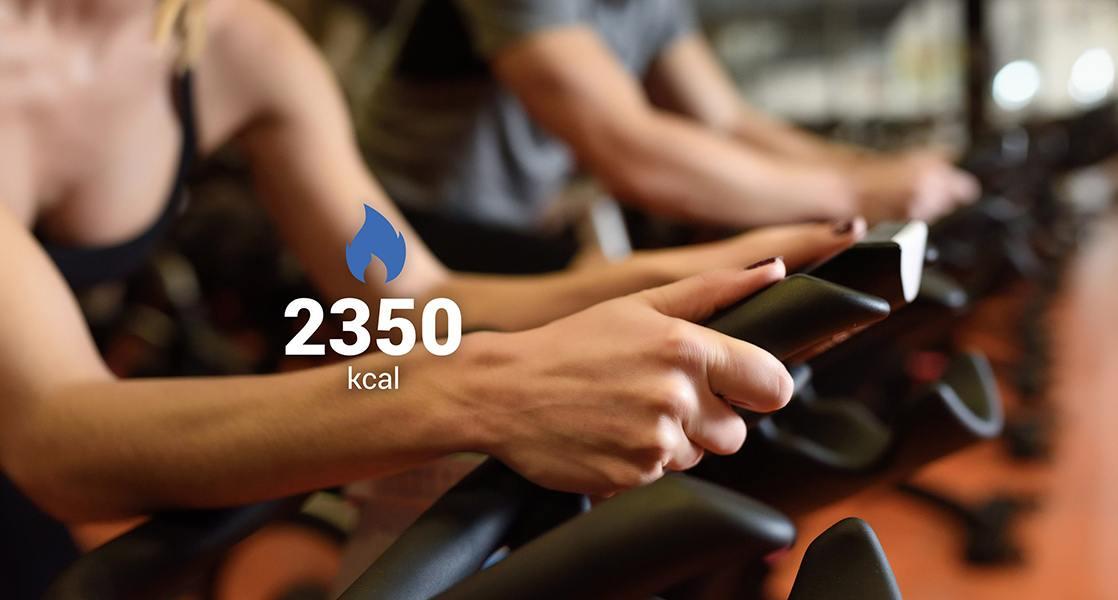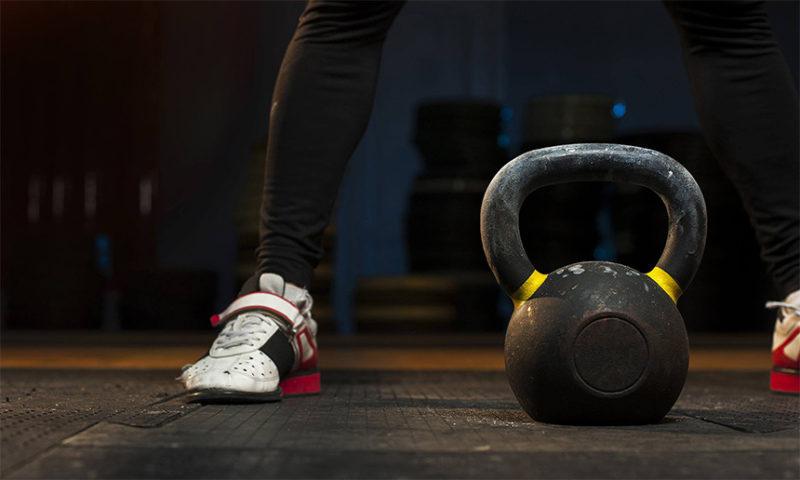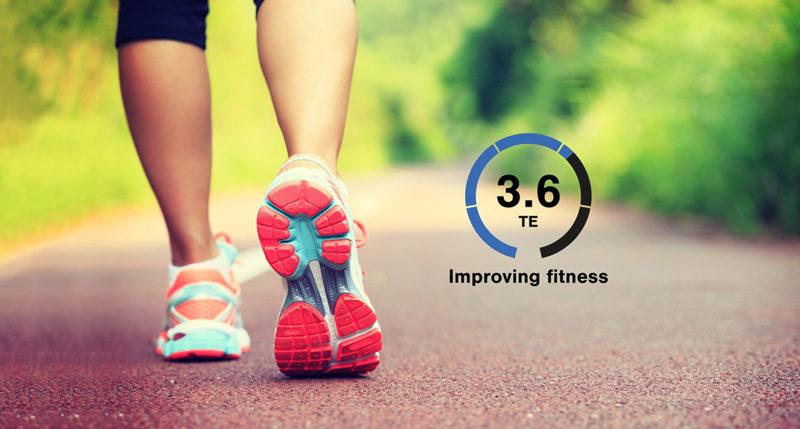
Eager to lose weight? Often it is said that it is easier to cut back on calories than to increase energy expenditure with exercise. There’s some truth to this.
For example, if you want to cut back on 500 Calories, you need to leave out one big chocolate bar or one Bic Mac. And if you want to burn 500 Cal by exercise, it takes on average 30 minutes tough spinning workout, 45 minutes moderate running or almost 2 hours easy swimming (a 155 lb woman).
It takes less time and effort to eat a carrot instead of a hamburger than to run for hour, however, the potential for weight loss is only one of the many benefits of exercise.
Being physically active improves your mood, relieves stress, builds muscles and reduces risk of chronic diseases to name a few. Nor does burning calories mean that you should always go to the gym or put on your running shoes.
You can increase your physical activity, energy expenditure, and overall health in various ways.
How to Burn More Calories?
Firstbeat Calories Burned feature tells how many calories you burn, be it during a hard workout or through daily activities. It is personalized to match your unique physiology, so, you can easily see how changes in your activity and intensity levels affect your daily energy expenditure.
From our previous blog, you can read how Firstbeat counts the calories you burn.
If you want to burn more calories, check out the following 5 points.
1. Train hard. No one can deny that hard exercise with intense effort is an effective way to rapidly increase energy expenditure. The more your bigger muscles are working, the harder they push; the more energy is consumed each minute. Challenging exercise doesn’t only increase your energy consumption during the activity but also after it, as your body works to restore itself and to adapt in preparation for the next challenge. Often called the afterburn effect, this work can be measured in the form of EPOC (excess post-exercise oxygen consumption).
EPOC describes how much oxygen, that is energy, your body uses to return to the resting state. The longer and more vigorous your activity, the bigger the EPOC and the afterburn effect.
EPOC is also a key measure behind Firstbeat’s Aerobic and Anaerobic Training Effect. These insights connect the dots between physical activity and its effect on your body. Training Effects (TE) of 3.0–5.0 mean that your muscles are pushing hard – and consuming lots of energy.
It’s also good to keep in mind that high-intensity exercise is essential when improving your VO2max, the defining metric of cardiorespiratory fitness. Increasing your VO2max is not just for athletes, it has a significant impact on your overall health, and can help you live longer.
2. Train slow and long. Don’t feel like doing a strenuous exercise with the intensity cranked up to 11? Don’t worry. Low-intensity exercise is a great way to burn calories as well, you just have to train longer time.
Did you know that the difference in energy expenditure is not gigantic whether you do a 5k run or walk the same distance briskly? You huff and puff more while running, but walking takes longer which helps balance things out.
So, if running is not your thing, going for a brisk walk is still a smart move.
It is also true that when working at lower intensities muscles burn a higher percentage of fat than carbohydrates. However, when we consider total energy expenditure – i.e., the afterburn effect, etc. – the direct comparison gets much more complicated.
The most important thing is that you select activities that you enjoy and that fit into your lifestyle. This way you can continue burning calories week in, week out, and maximize your benefits with consistent effort. And even if you love training hard, don’t forget that long, low-intensity exercises help build your endurance base and offer a great way to enhance recovery.
3. Be active. Your muscles don’t know if you have your running shoes or gym pants on.
All physical activity increases the calories you burn, which are all counted by Calories Burned feature. Of course, taking the stairs occasionally isn’t game-changer alone, but if you choose stairs instead of an elevator, walk to the store instead of driving, play with kids instead of watching TV… you will notice a significant difference in your daily energy expenditure! Little strokes fell great oaks!

There can be a huge difference in your daily energy expenditure, whether you go to work by bike or by car, and whether you do some training during the day.
4. Build muscles. Muscles grow through protein synthesis, which is one of the most energy consuming processes in the cell (Rolfe & Brown, 1997). If you’re building muscles, it is not just the workout itself but also the growth of muscles that consumes energy and burns calories. Additionally, muscle tissue is metabolically more active and burns more calories than fat tissue. The more muscles you have, the bigger your resting energy expenditure, which means that your body burns more calories “while doing nothing”.
If weight loss is your goal, including strength training into your exercise routine is important. This way you can improve your body composition, that is losing fat and maintaining – maybe even gaining – muscles. It’s also important to keep in mind that muscles require enough nutrients to grow. You can’t cut back on calories too much, if you want to increase your muscle mass.

5. Relieve stress and sleep well. If you are stressed or sleep deprived, it’s hard to make lifestyle changes that promote weight loss. Stress management, good sleep and nutrition go hand in hand. Where acute stress can trigger a loss of appetite and body weight, chronic stress can lead to eating too much and gaining weight (Rabasa & Dickson, 2016). Also sleep deprivation may result in consuming more calories the following day (Khatib et al. 2017). Let’s not forget that exercise is a great stress buster and reduced stress will also help you to succeed with weight loss.
Firstbeat All-day Stress & Recovery reveals the presence and intensity of stress and recovery reactions in your body during day and night. Seeing how your body responds can lead to better decisions towards a healthy, more balanced life – that will also support weight loss when that’s your goal.
If you liked this article, you should subscribe to our newsletter.
You might also be interested in

The Bigger the Training Effect, the Better?
You need to push your limits to improve your VO2max and get Aerobic Training Effect of 3.0-5.0. However, exercise can be very useful, although your TE value isn’t that high. The variation is the key to success.

New Firstbeat Life ™ Solution is Here – “This Year has Shown that Employee Well-being is a Crucial Factor for Every Company.”
Press Release August 5, 2020 Firstbeat Technologies, the leading provider of well-being and sports technology, has today launched Firstbeat Life – the new subscription-based corporate wellness solution for modern workplace well-being management and an…
